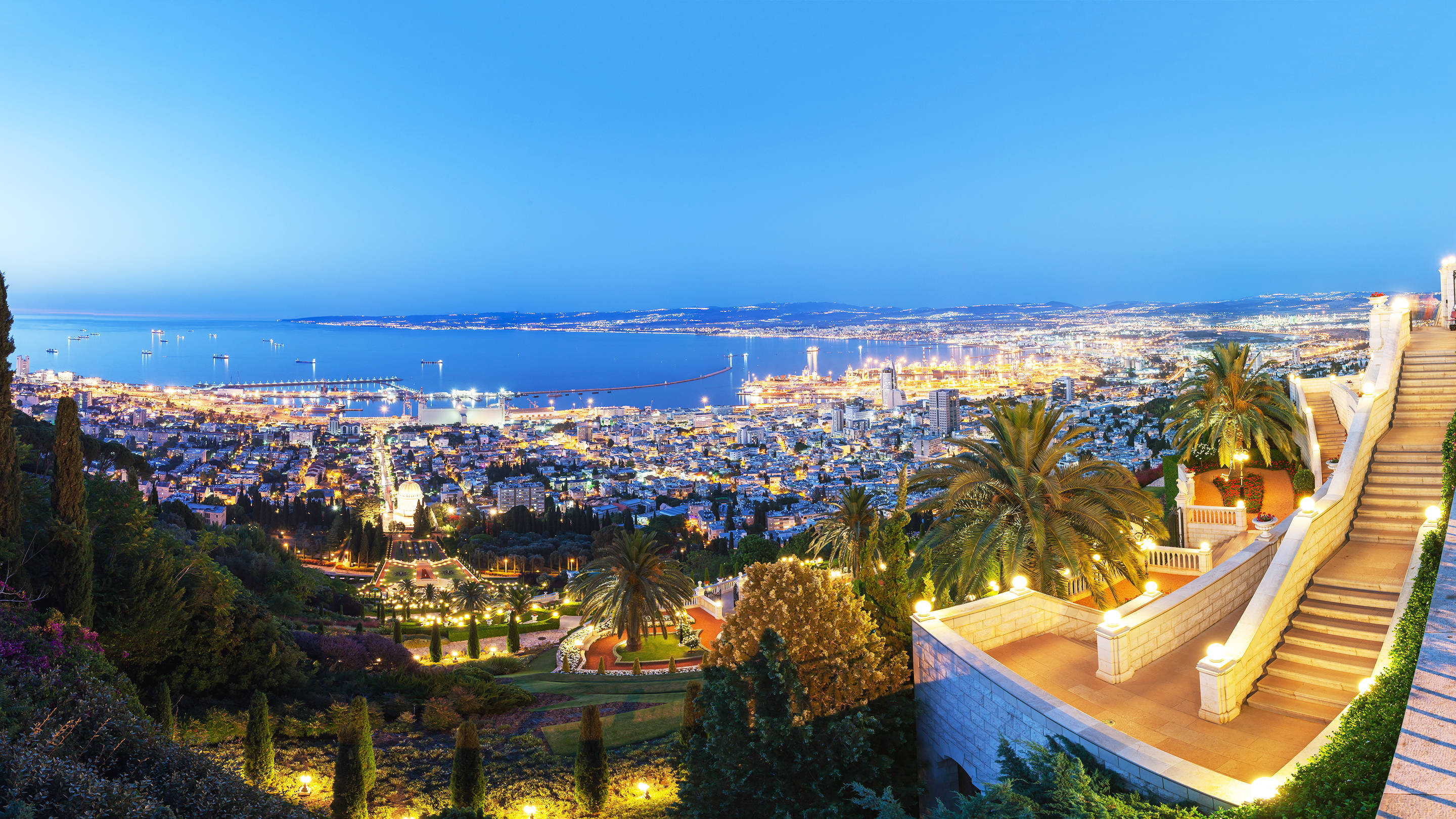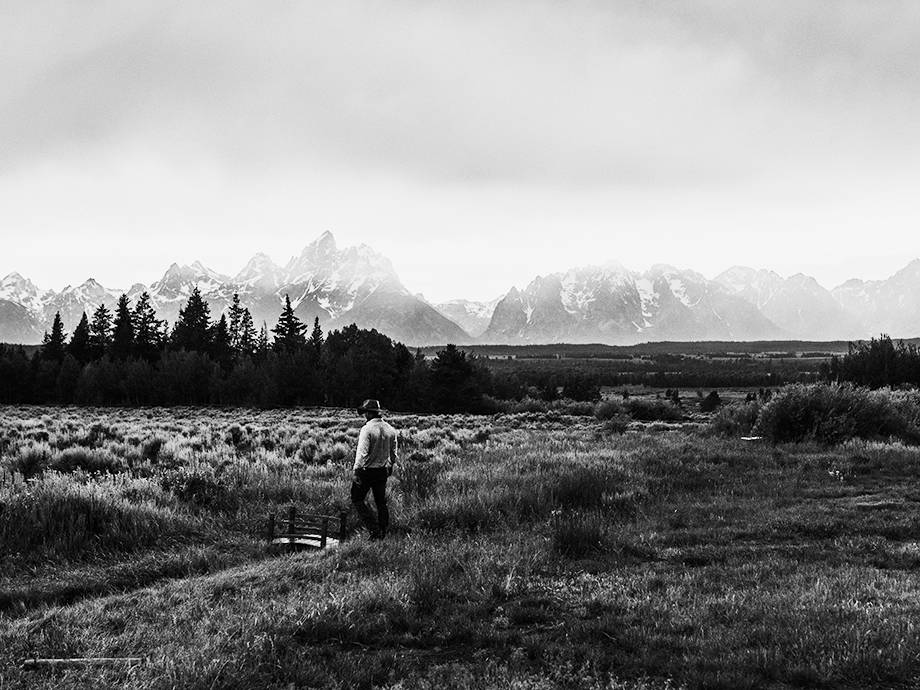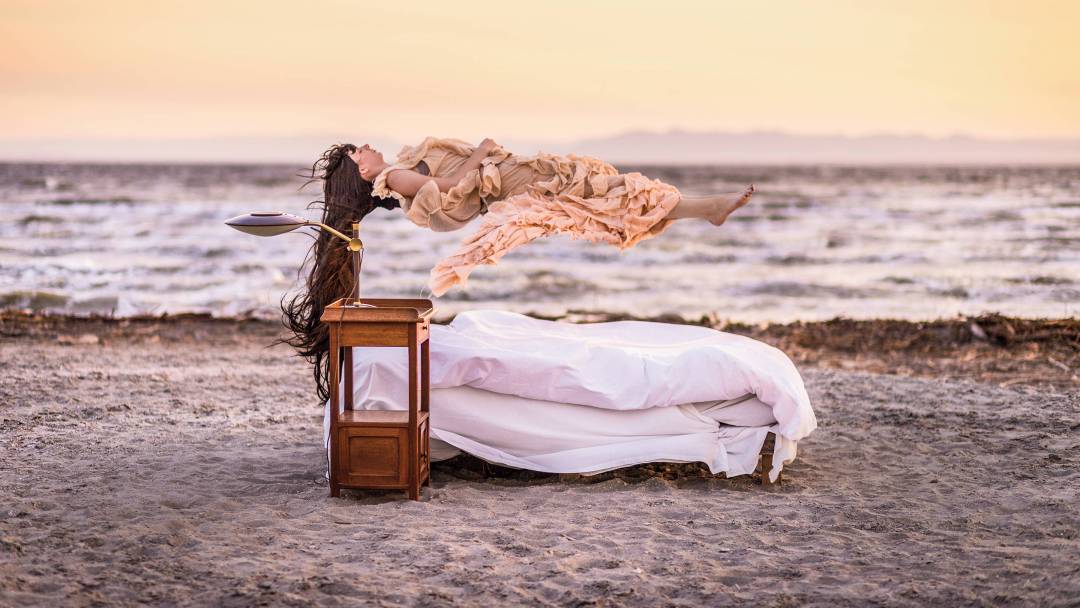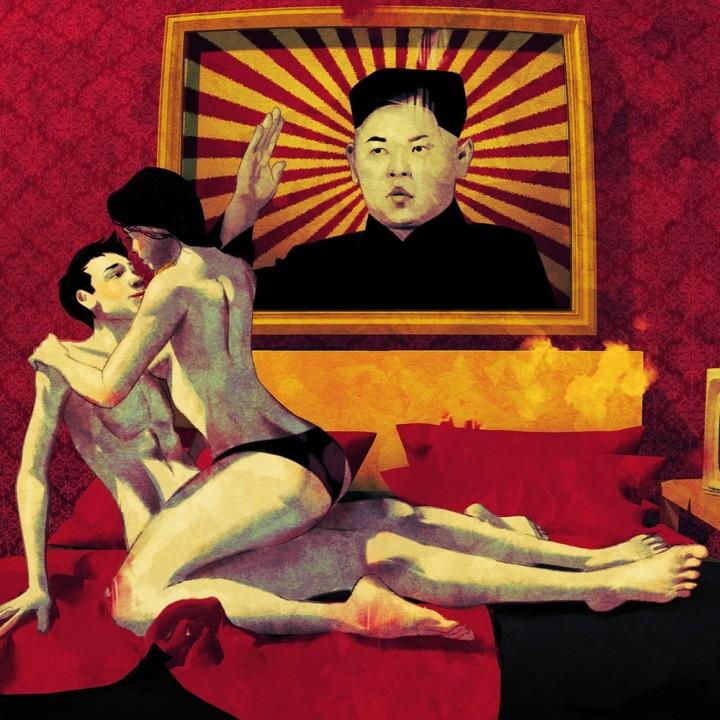
Togetherness in Israel Sits on Rooftops
Mekudeshet asks Jerusalem to conquer invisible barriers every summer
Jerusalem is a city shaped as much by the religious devotion of its communities as the walls that separate them. For a holy land home to hundreds of churches, mosques and synagogues—and thousands of worshippers—peaceful coexistence is contingent on knowing where you belong and how far you should venture.
But for the past three years, a team of artists and activists determines to dissolve once inviolable barriers by looking high for new ground. Every summer, Mekudeshet ("Sacred"), a massive city-wide festival operating under the Jerusalem Season of Culture, puts together an original rooftop tour to ferry participants out of their comfort zones and onto the rooftops of buildings they would never otherwise venture. "In Jerusalem, people eat on the roofs, have meetings on the roofs, have sex, sleep on the roofs—the roofs are a very integral part of civil life," says Kim Weiss, a translator and member of Mekudeshet, “On the ground, there’s so much tension. But from above, you get a whole new perspective.”
We see these Ultra-Orthodox men coming to the rooftops to enjoy the art, we see young babies crawling on the floor, children running around.
At the entrance, we are given headsets. The first stop is a narrow walkway between the private maternity ward and the public waiting area. Here, under the sloping roof of a public stairwell, is a cramped makeshift room with curtains for walls and a solitary light source. “I would like to say ‘I’m sorry’ to Galit, the secretary of the ward who has been huddled under the stairway for 13 years, receiving women, discharging them, noting every newborn, also the silent ones,” says Alit Kreiz, our guide, through the headset.
An average of 16 babies draw their first breath at Bikur Cholim every day. It is the oldest hospital in the country, and one with the most well-established obstetrics department. While it is nestled near the Haredi neighborhoods of Guela and Mea Shearim, and caters to the Haredi population—by observing Shabbat, putting timers on ovens for food so no buttons are pressed—one-third of the doctors at Bikur Cholim are Israeli Arabs. As I step into the fluorescent lights of the maternity ward, I hear fans whir above newborns, parents smothering them, family members cooing along. Kreiz urges us to consider: how many Jews were born into this world at the hands of Arabic doctors?
If this is not art or activism, at least, it is an attempt at reconciliation taken onto Jerusalem’s highest stage.
Gushing Geysers, Dramatic Canyons and Militant Feminism
In celebration of Women's History Month, Wyoming presents as so much more than a flyover state

In a city where locals find boundaries on the ground hard to cross, rooftops have become an avant-garde neutral ground; a way for Arabs, Jews, Christians to come together and reckon the boundaries of their home under the umbrella of art. “We see these Ultra-Orthodox men coming to the rooftops to enjoy the art, we see young babies crawling on the floor, children running around,” said Weiss. “It’s actually a good way for Haredi men, for example, to enjoy art, because a lot of their activities are regimented by their religious rules and art on rooftops is still something neutral, and interesting, and they’re curious.”
No one is afraid to admit that diversity is still a work in progress. At the moment, none of the rooftops are in Palestinian neighbourhoods in East Jerusalem. Only two members of Mekudeshet are Palestinian—one was just recruited last year—and majority of the staff and volunteers are Israeli.Standing on the rooftops of the historical Bikur Cholim hospital, the streets below calm and harried, I remember when Kreiz directed my gaze to East Jerusalem and then apologized that the view had since been obscured by a grand hotel. “Have you heard of bad blood?,” she asked, as she invited us inside the machine room to write an apology (to anyone), while hospital pipes next to us sieved waste products from blood for the patients below.
If this is not art or activism, at least, it is an attempt at reconciliation taken onto Jerusalem’s highest stage. The city, in participating, is better for it.






